They say those who write down their goals and dreams have a higher success rate of turning them into realities.
I recently found a very artistic goal book I had made in 2001, sixteen years ago, during my 11th grade English class. Thank you to Mrs. E for giving us time in class to create these visions! Flipping through the pages, I realized that a lot of the goals I had written down, I have now accomplished. You can also tell which song was popular at that time…

“Watch a sunset in Africa.” In 2014, I traveled to South Africa co-leading a group of undergraduate students on a Big Cat Research trip. I made sure to watch every sunrise and every sunset, imprinting the experience in my mind. I was able to travel back to Africa at the end of 2016, this time watching sunsets in Botswana and Zimbabwe (look for future posts to come).

“Swing on a vine in the rainforest.” I have this strange obsession with the rainforest. I’m not sure if it comes from gazing at all the National Geographic magazine spreads of the Amazon canopy, the film documentaries I watched as a kid, or from my visits to the Rainforest Exhibit in the Woodland Park Zoo. I remember the day I arrived in the Amazon and reached the summit of a hike I did near Aguas Calientes in Peru. My heart fluttered as I looked out over the canopy. I’m here! I’m seeing this in real life. I can’t believe it. I’ve been to the Peruvian rainforest a number of times now as a tourist and as a volunteer biologist with Earthwatch and the Tambopata Macaw Project. On a regular basis, I daydream of the soonest time I will be able to return. I find it interesting I’m on the path to becoming a polar oceanographer, because I’ve always had a vision of myself as a rainforest biologist.

“Jump off a tall cliff into water.” Why did I want to jump off a tall cliff?! I have no idea. After college I traveled Europe with my best buddy Kristina Ciari (she hosts an awesome blog called An Adventurous Life and works for The Mountaineers). We did one of those canyoning adventures out of Bern, Switzerland and at one point had to jump off a cliff into a narrow section of the river. Terrifying to say the least. I hesitated before my jump and got reprimanded by the guide. “YOU JUST HAVE TO JUMP!” he said, “Do NOT overthink this. Now, GO!” It really is a life metaphor if you think about it. Years later, she and I visited Smith Rock near Bend, Oregon for a climbing trip and found this beautifully tall cliff. The guide’s words still rang in my ears, “Now, GO!” We all jumped 30 feet down into a wide calm river. Some of us came up with nose bleeds. I luckily did not. But I think I cured my desire for jumping off tall things.
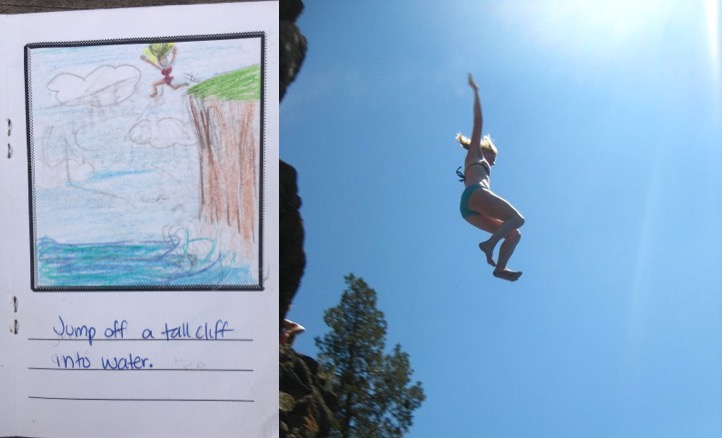
“Scuba dive in exotic waters.” I grew up in Washington’s Puget Sound. A beautiful location for diving. However, scuba is an incredibly expensive hobby and I never found the means to get in to the activity until 2013 when I finally had saved enough cash to get my Open Water Certificate. I spent the next two years working to get certified in Advanced Open Water, then Dry Suit, and Rescue Diver. My progress stalled when it came time to buy my own equipment. I couldn’t pass that next financial hurdle. One day, I was talking to a science colleague while working in the lab, and he said that he got funded to dive during his graduate program. I vowed to myself that if I ever went to graduate school I would find a way to dive for science. When I found out I was going to be attending Scripps Institution of Oceanography for my Master of Advanced Studies degree, I immediately signed up for the Scientific Diving course. I then spent my loan money on nearly $3000 worth (probably more) of gear so that I could be independent of a rental shop whenever I wanted to dive. I have yet to dive in exotic tropical waters, but I did manage to snorkel in the frigid 2°C Silfra fissure of Iceland. Some day I do plan to dive in the polar oceans, namely Antarctica. Because I’ve already written it down, I know it will happen!
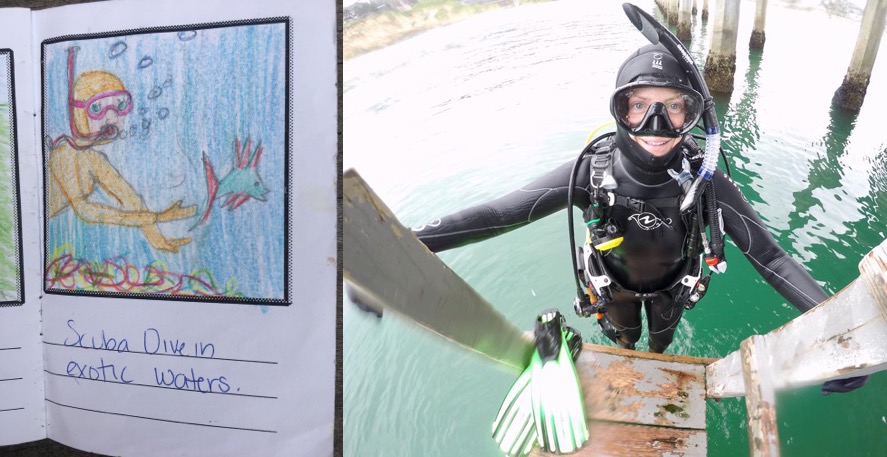
“Stay in an igloo at the poles and watch the Aurora Borealis.” Ok, so the igloo part hasn’t happened yet but I have made it near to both poles and seen the Aurora Borealis (Northern Lights) and Aurora Australis (Southern Lights). In 2013, I was sent to Antarctica aboard an icebreaker for a two month research expedition. During one of the nights, we all went on deck to gaze at the Southern Lights. Dazzling ribbons of green, electrifying the sky. The only time I have seen the Northern Lights occurred while I was in Seattle, funnily enough, about 14 years ago. One evening I was driving home from college around midnight and I saw funny clouds moving high in the sky. As I got closer to my house I realized those funny clouds were the Aurora Borealis and I raced inside to wake my parents. They ran out, mom in a nightgown, dad in his flannel pajama set. We all gazed up as the green lights danced above us, flickering, sizzling, then moved out of sight. It was magical. Seeing the full curtain of blues, greens, purples, and pinks — from an igloo — is still on my To-Do List.
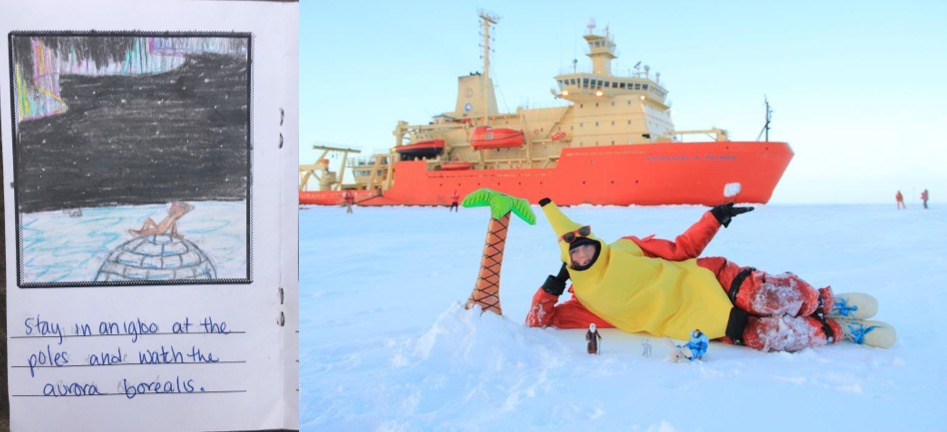
“Walk the wall of China.” This still needs to be accomplished! Asia has been a region of the world I haven’t devoted much time. Malaysia was the first international country I visited back at the ripe age of 15. We traveled to Kuala Lumpur and to the small island of Penang. Growing up, our family hosted over 25 Japanese exchange students, so I have every reason to plan a trip to this side of the world.
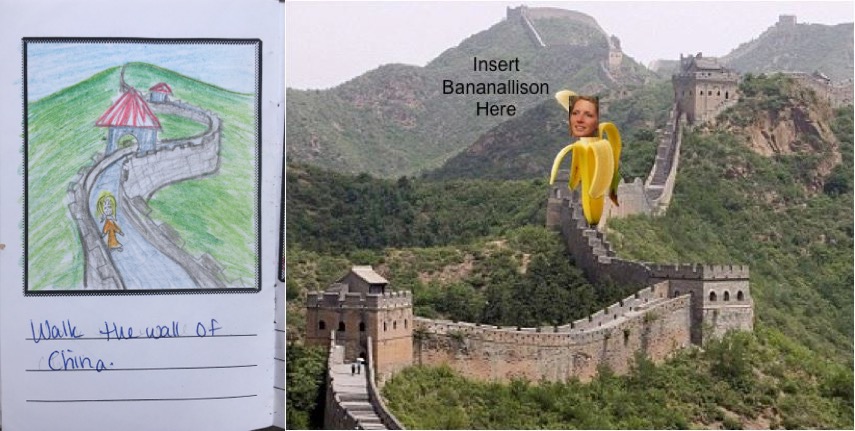
I knew at a young age I was an adventurer. I have that Wanderlust. That Travel Gene. I have visited 35 countries and all 7 continents. I had no idea at the time of my 11th grade English class assignment, that I would actually end up traveling the world, for curiosity and for science, fulfilling the goals I had written down in that little book.
I’ve been writing goals ever since, many more of which have come true. I have dozens of notebooks and journals scattered about my room.
Apparently, if you just *think* about your goals and dreams, its not enough to make them real. Dreaming and imagination occur in the right hemisphere of the brain. Writing taps into the power of your left hemisphere, or logic-based side of the brain. When you operate the two together, you send your consciousness a signal that says, “I want this, and I mean it!” Throughout time, its as if your subconscious mind then orchestrates those visions into realities.
Seeing this book, and reflecting on the accomplishments I’ve made over the past 16 years, I’m convinced I need to keep writing down those dreams and goals so that some day they become reality!
What are the dreams and goals you have written down wondering if they would ever be achieved? I’d love to hear in the comments below!
Thank you for reading and following Woman Scientist! As always, feel free to share with a friend or young scientist!
Share this:
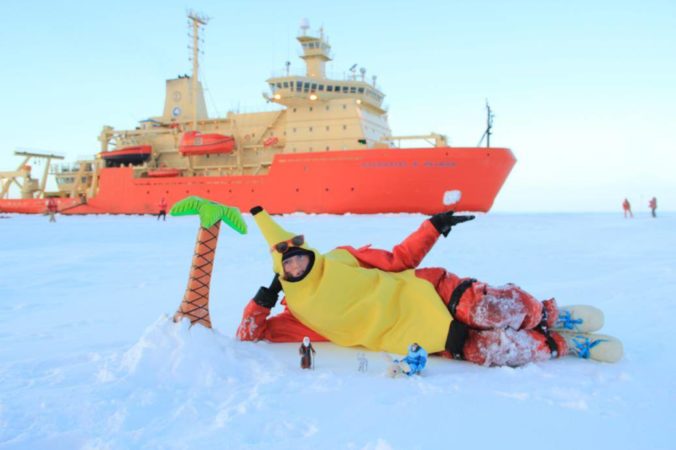
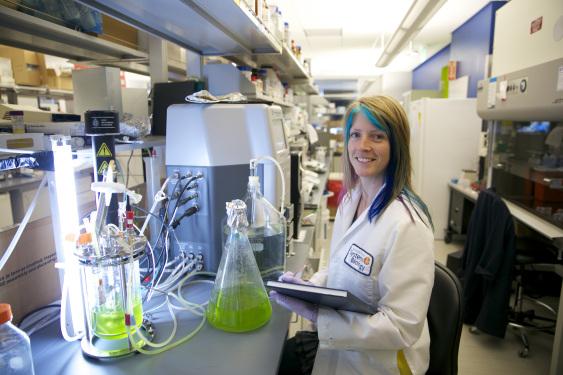
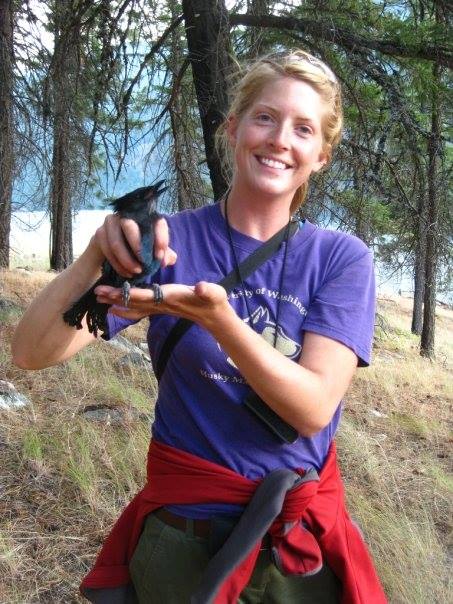


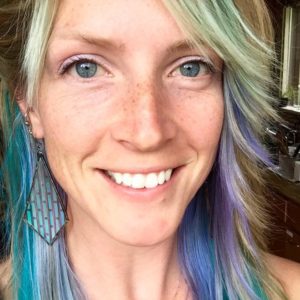
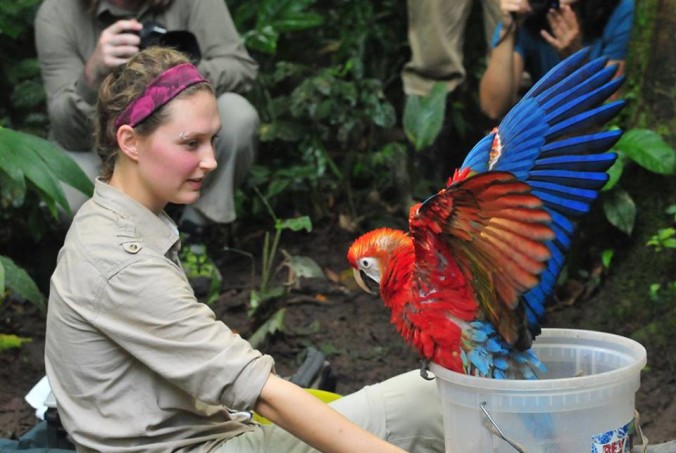

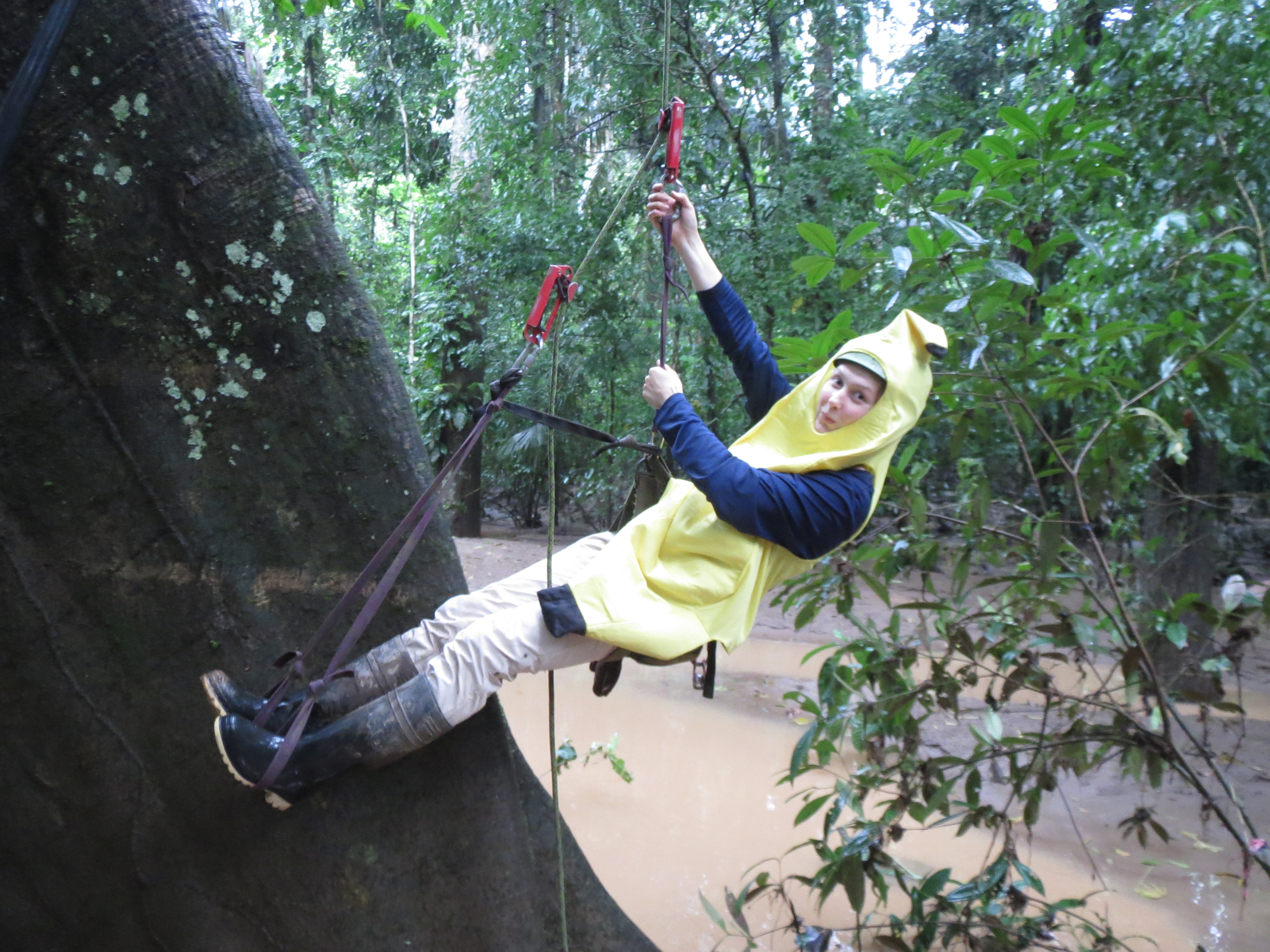
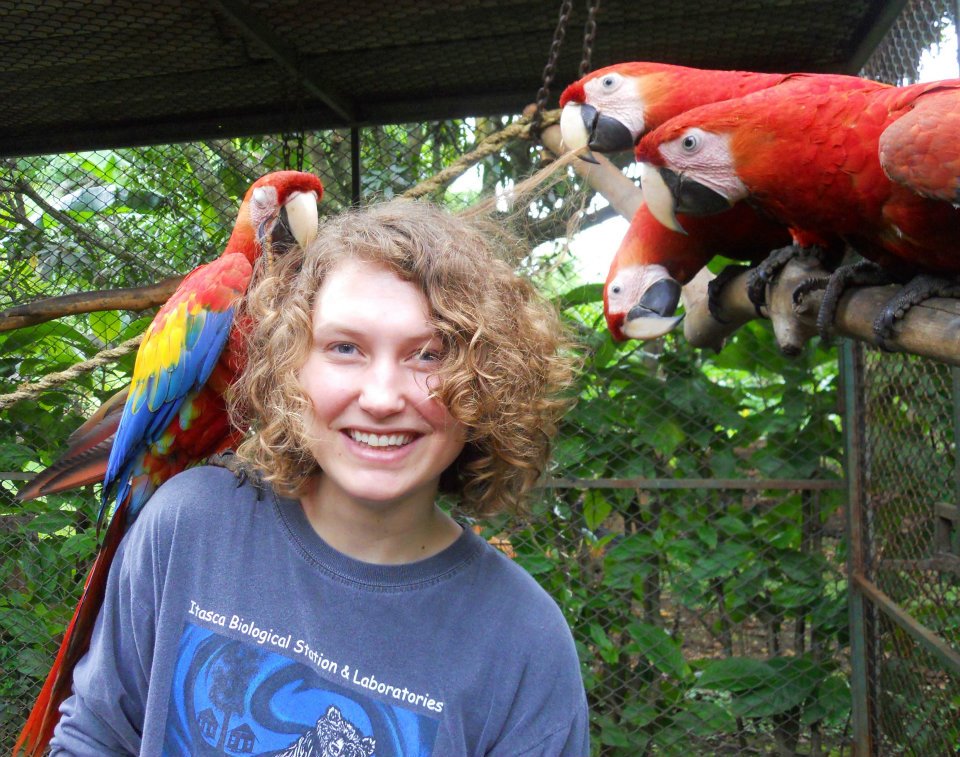
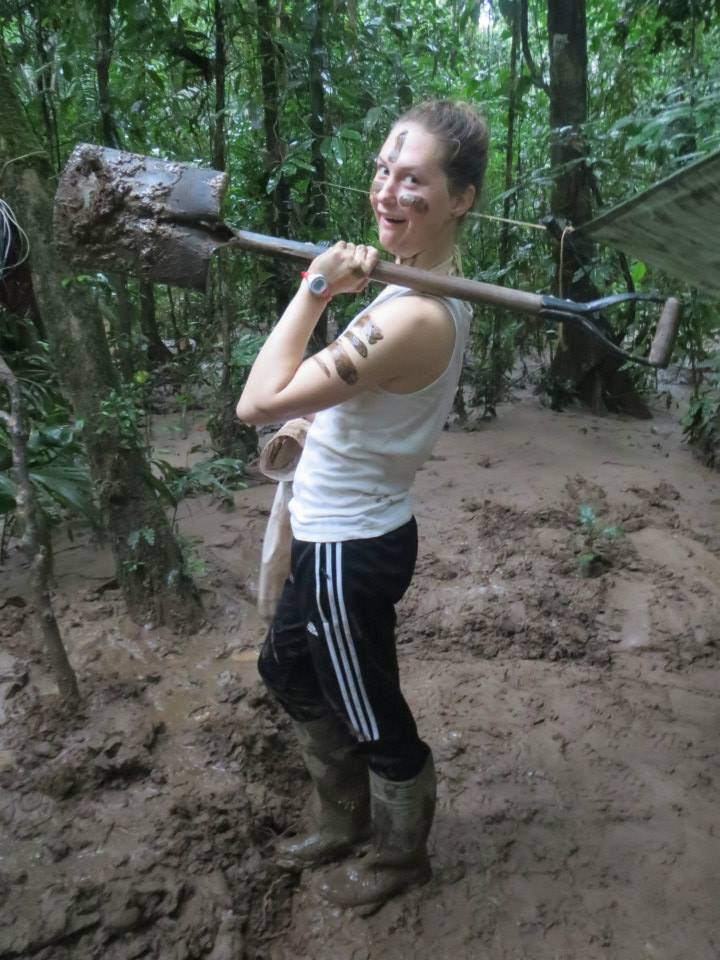
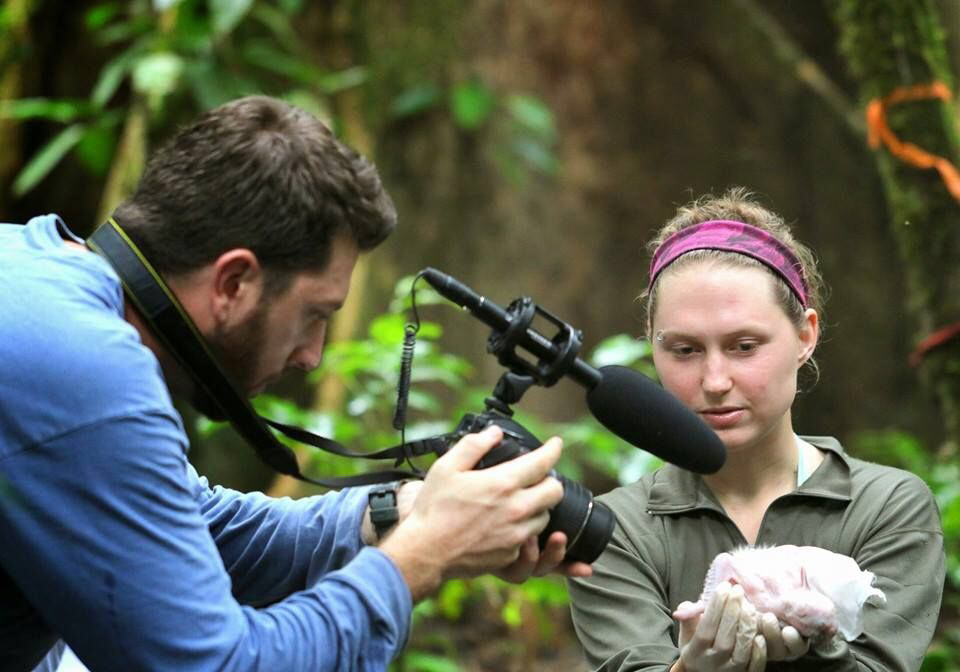
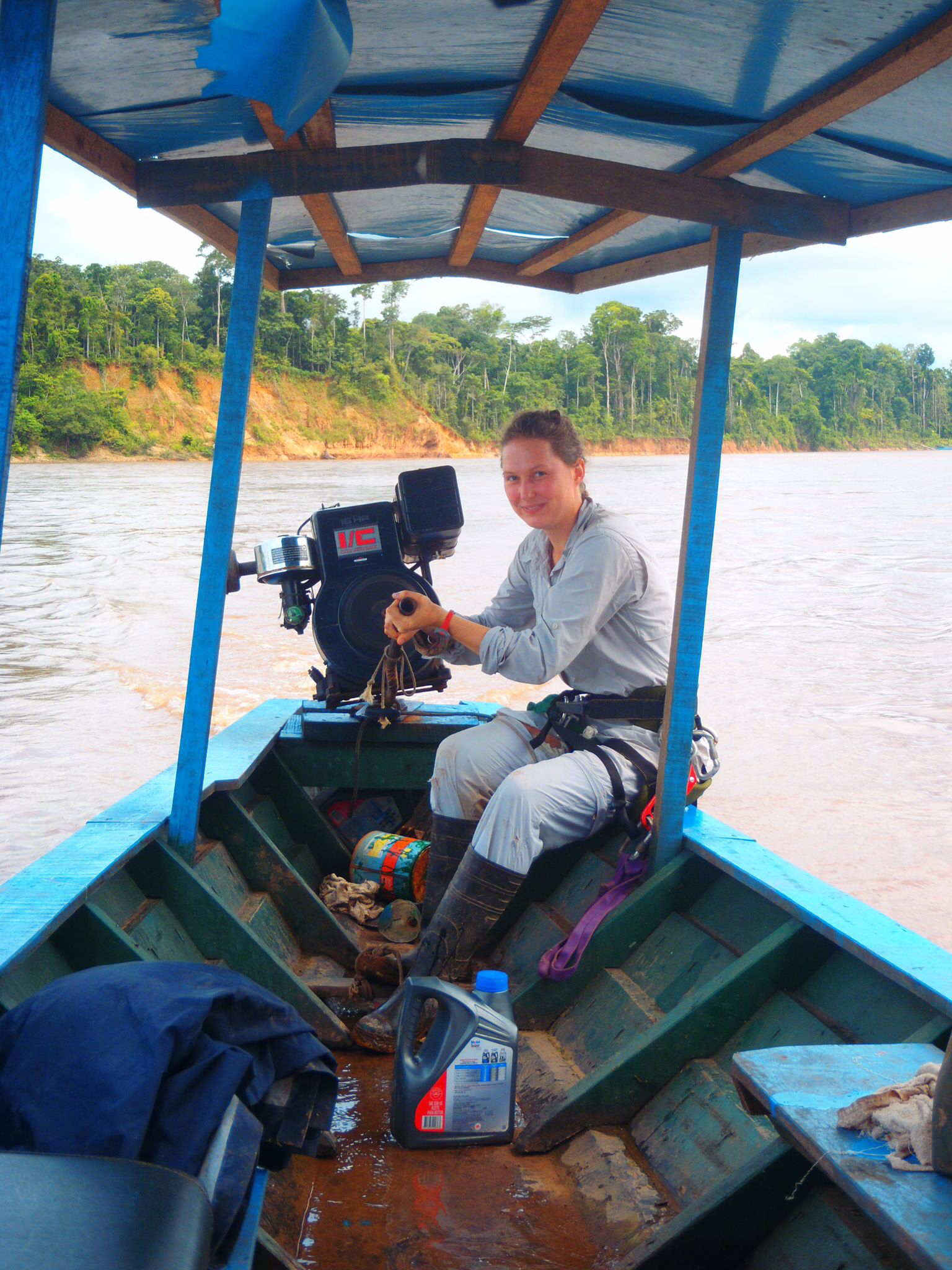
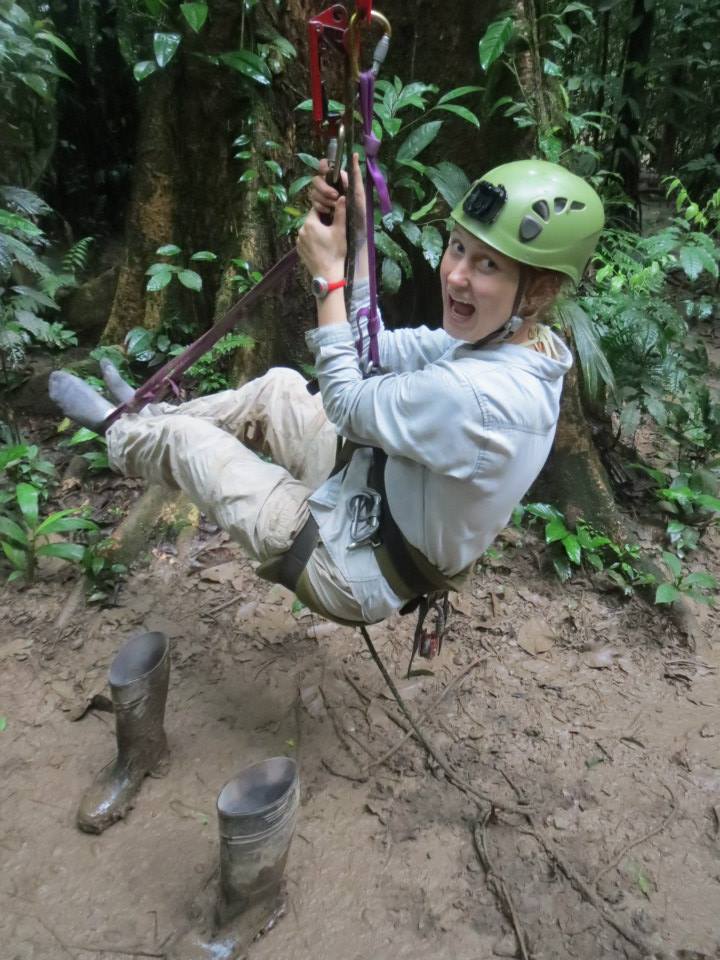
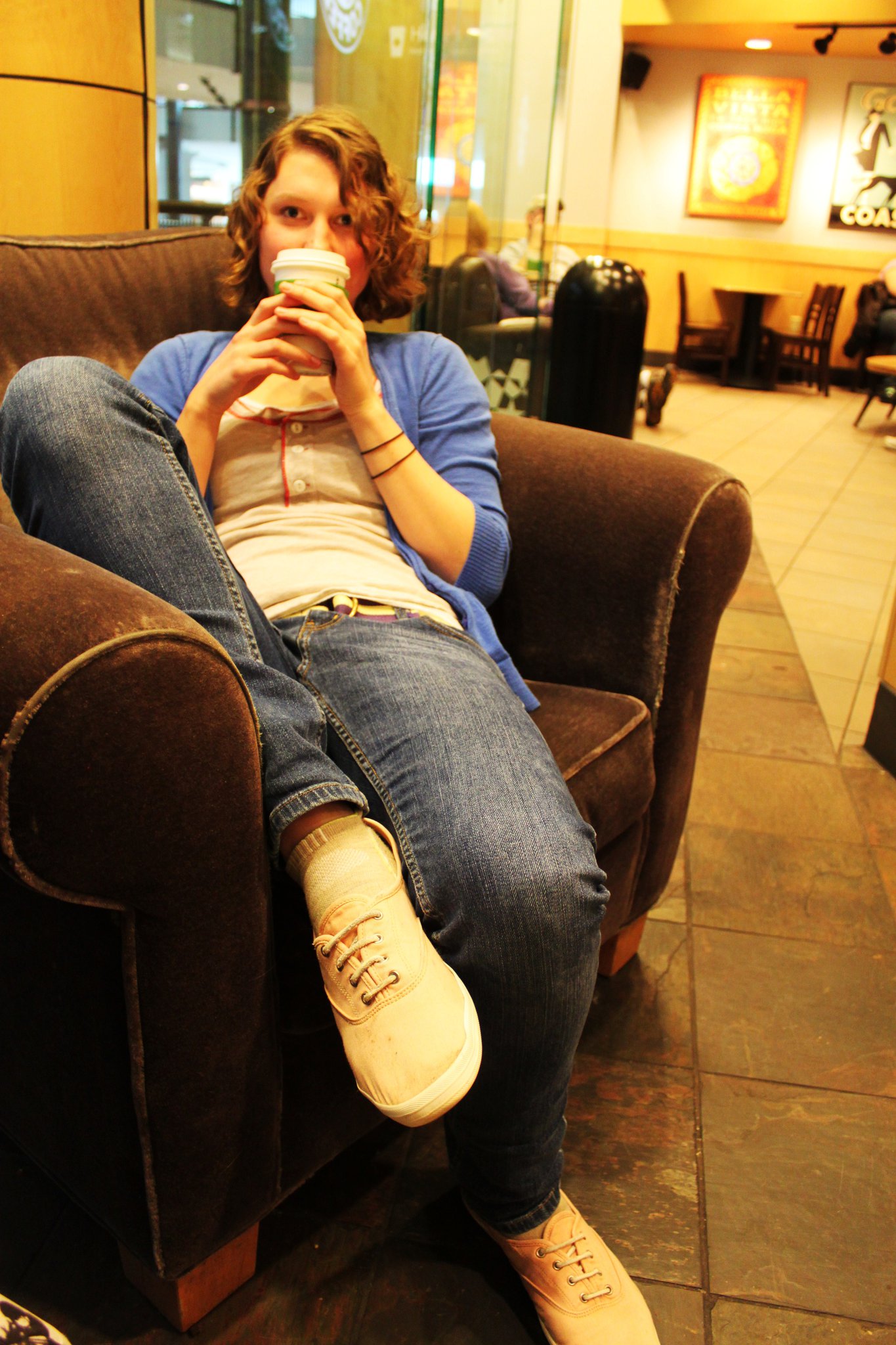
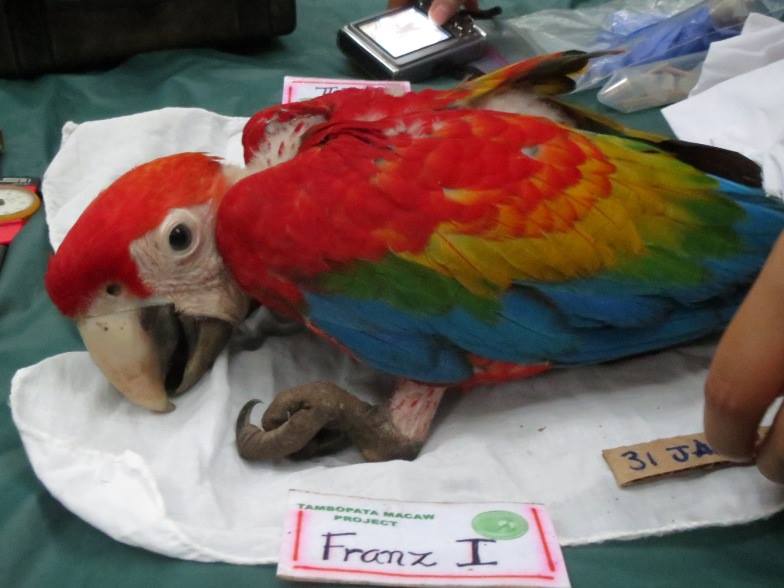
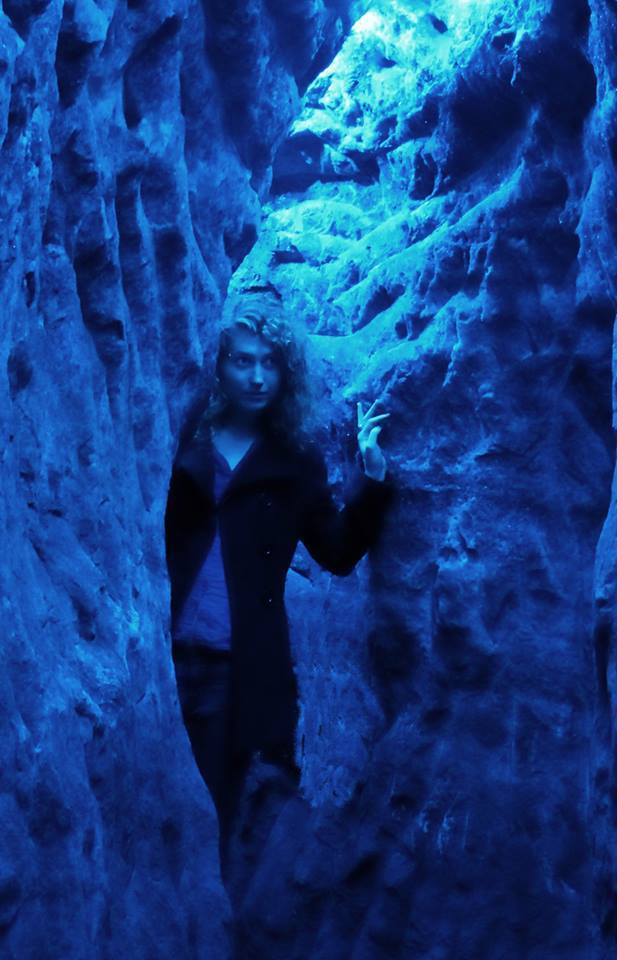






































Recent Comments